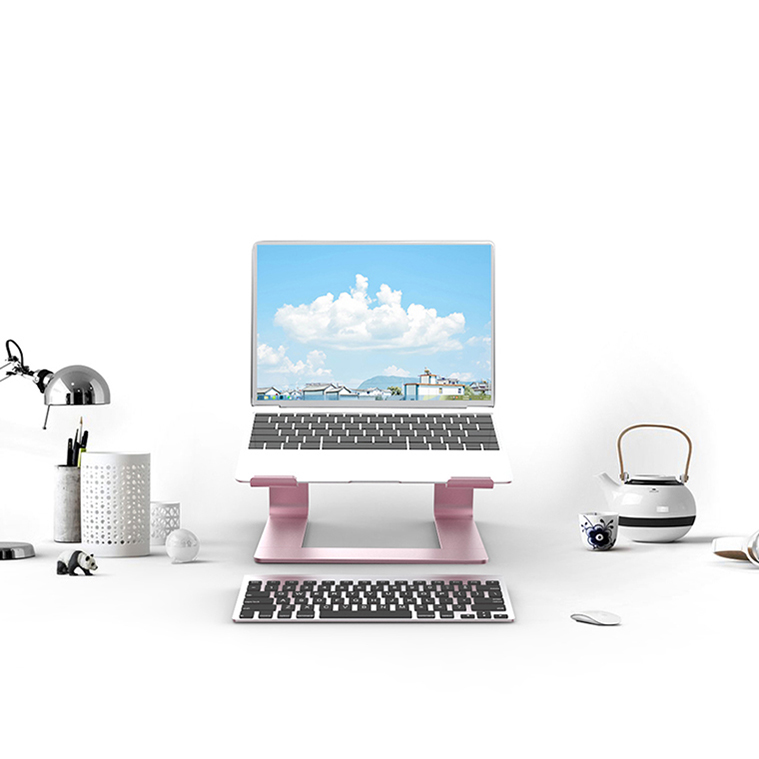Wood tensile strength test method - Database & Sql Blog Articles
The tensile strength of wood refers to its maximum ability to resist tension along the grain direction. This property is typically around 117.7–147.1 MPa on average, which is about 2–3 times higher than its compressive strength in the same direction. In practical use, wood rarely fails due to breaking, but it can suffer from shear failure between microfibrils when under stress.
Wood's tensile failure mainly occurs through shearing between longitudinal microfibrils. The CF and CO bonds within these fibers are very strong, leading to minimal deformation during rupture—usually less than 1% to 3%. However, even with high strength values, the full potential of the microfibrils is not always reached. This is because the shear strength of wood is relatively low, only about 6% to 10% of its tensile strength. When stretched along the grain, the damage often results from sliding between microfibrils, creating a jagged or finely cracked fracture surface.
The irregularity of the cross-section depends on the ratio of the wood’s tensile strength to its shear strength. Generally, woods with a high ratio tend to fail by shearing at weak points, resulting in uneven and jagged surfaces. On the other hand, decayed wood or tropical heartwood has lower ratios, making them more prone to direct breakage. The decay process produces acids that weaken cellulose and increase sensitivity to humidity, further reducing tensile strength. In such cases, the fracture surface tends to be flat without typical features like zigzag fibers.

Measuring the tensile strength of wood is challenging due to the difficulty in preparing samples and the risk of distortion during testing. The shape of the clamp and the curvature of the sample ends significantly affect the results. Since the tensile strength of wood along the grain is not much lower than its flexural strength, the latter is often used as a substitute in design calculations.
In China, national standards specify the shape and size of tensile specimens for wood. For softwoods, a hardwood clamp measuring 90 x 14 x 8 mm is typically used, secured with glue or screws on the narrow side of the specimen. Tests are conducted using an automatic straightening and tensioning machine, applying force at a uniform rate until the sample breaks in 1.6–2.0 minutes.
The tensile strength (Σw) is calculated using the formula: Σw = P / ab, where:
- P = maximum load in Newtons (N)
- a, b = cross-sectional area of the working portion in cm²
- W = moisture content of the wood at the time of testing, in %
This method ensures accurate measurement of wood's tensile properties, helping engineers and designers make informed decisions based on reliable data.
Laptop Stand Keyboard And Mouse,Laptop Stand Keyboard Set,Laptop Stand Keyboard Stand,Laptop Stand Keyboard Tray,etc.
Shenzhen Chengrong Technology Co.ltd is a high-quality enterprise specializing in metal stamping and CNC production for 12 years. The company mainly aims at the R&D, production and sales of Notebook Laptop Stands and Mobile Phone Stands. From the mold design and processing to machining and product surface oxidation, spraying treatment etc ,integration can fully meet the various processing needs of customers. Have a complete and scientific quality management system, strength and product quality are recognized and trusted by the industry, to meet changing economic and social needs .


Laptop Stand Keyboard And Mouse,Laptop Stand Keyboard Set,Laptop Stand Keyboard Stand,Laptop Stand Keyboard Tray
Shenzhen ChengRong Technology Co.,Ltd. , https://www.laptopstandsupplier.com
